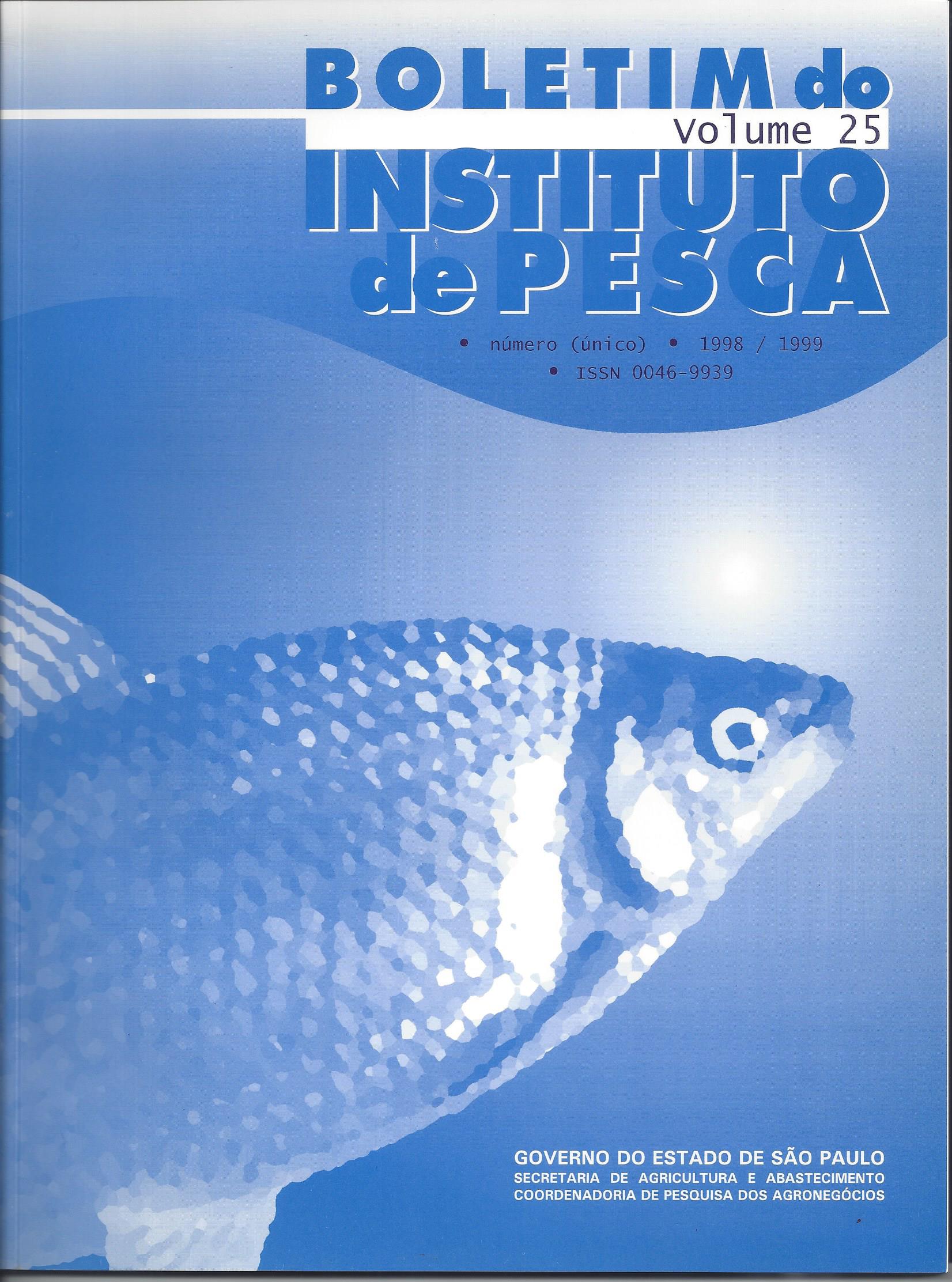Comparative study of the reproductive strategy in the roach (Rutilus rutilus L.) and in the gudgeon (Gobio gobio L.) under controlled temperature conditions
Keywords:
stress, temperature, hormone, reproduction, cyprinidAbstract
The effect of controlled cooling on the oogenesis dynamic in a group-synchronous (roach) and an asynchronous (gudgeon) fish was studied. The levels of plasma steroid hormones [testosterone (T), estradiol-17 β (E2) and 17âˆÂ, 20 β-dihydroxyprogesterone (17âˆÂ,20 β-P)] were estimated and associated with the stage of oocyte maturity of each fish. In the roach, the mean levels of plasma steroid hormones were very low, the extremes were respectively: 0.29-0.58 ng/mL; 0.16-0.32 ng/mL and 1.28-11.27 ng/mL. The assessment of gonad development of the examined fish revealed that these ones were strongly affected by pre-ovulatory atresia. In the gudgeon the E2 levels (0.05 to 1.23 ng/mL) were present during the whole experiment, showing a prolonged vitellogenic activity. The T concentrations (0.99 to 2.10 ng/mL) follows rather well the E2 profile. The 17âˆÂ,20 β-P presented a progressive and opposite evolution to E2 profile. Peaks of 17âˆÂ,20 β-P related to temperature changes were monitored, but they were quite low, between 0.66 and 4.41 ng/mL. The histology of the gonads showed a great individual variation, some females had a lot of vitellogenic oocytes, some had already spawned, others were preparing another spawning and others were in a recuperation phase.
References
CARRAGHER, J.F. & PANKHURST, N.W. 1991 Stress and reproduction in a commercially important marine
fish, Pagrus auratus (Sparidae). In Proceedings of the 4th International Symposium on the Reproductive Physiology of Fish. In: Scott, A.P.; Shumpter; J.P.;Kime, D.E.; Rolfe, M.S. (eds.) Proceedings of 4th International Symposium on the Reproductive Physiology of fish. Norwich, 1991.
DEMí"žEL, A. & PERES, G. 1974 Influence de la température sur le métabolisme des poissons. Cahiers du Laboratoire de Montereau, n° 1: 21 - 26.
GILLET, C.; BILLARD, R.; BRETON, B. 1977 Influence de la température sur la reproduction du poisson rouge
(Carassius auratus L.). Cahiers du Laboratoire de Montereau, n°5, 25 - 42.
GURAYA, S.S. 1993 Follicular (or oocyte) atresia and its causes and functional significance in the fish ovary. Advances in Fish Research, Vol.1.,313 - 332.
JOBLING, M. 1995 Physiological integration - nervous and endocrine systems. In Environmental Biology of
Fishes. CHAPMAN & HALL, Fish and Fisheries Series 16, London, 447 p.
KAH, O.; DULKA, J.G.; DUBOURG, P.; THIBAULT, J.; PETER, R.E. 1987 Neuroanatomical substrate for the inhibition of gonadotrophin secretion in gold fish : Existence of a dopaminergic preoptico-hypophyseal pathway. Neuroendocrinology, 45: 451 - 458.
KESTEMONT, P. 1988 Etude des potentialités d’élevage intensif du goujon, Gobio gobio, L. Reproduction et croissance larvaire. Dissertation présentée en vue de l’obtention du grade de Docteur en Sciences. Facultés Universitaires Notre-Dame de la Paix, Namur, 233 p.
KHOO, K.H. 1975 The corpus luteum of goldfish (Carassius auratus L.) and its functions. Can. J. Zool., 53:1306
- 1323.
LANGERON, 1942 Précis de microscopie : techniqueexpérimentation-diagnostic. Masson et Cie, Paris,1339p.Etude comparative de la stratégie de reproduction du Gardon (Rutilus rutilus) et du Goujon (Gobio gobio)
MATTHEEUWS, A.; GENIN, M.; DETOLLENAERE, A.;MICHA, J-C. 1981 Etude de la reproduction du gardon
(Rutilus rutilus) et des effets d’une élévation provoquée de la température en Meuse sur cette reproduction.
Hydrobiologia., 85: 271 - 282.
MAZEAUD, M.M. & MAZEAUD, F., 1981 Adrenergic responses to stress in fish. In : Stress and Fish. Eds
PICKERING A.D., pp. 49 - 75. London and New-York :Academic Press.
Mc EVOY, L.A. & Mc EVOY, J. 1992 Multiple spawning in several commercial fish species and its consequences for fisheries management, cultivation and experimentation. Journal of Fish Biology, 41 (supplement B):125 - 136.
MUUS, B.J. & DAHLSTROM, P. 1991 Guide des poissons d’eau douce et pêche. Eds Delachaux et Niestlé,Bruxelles, 224p
PONCIN, P.; MELARD, CH.; PHILIPPART, J.C. 1987 Utilisation de la témpérature et de la photopériode pour contrôler la maturation sexuelle en captivité de trois espí¨ces de poissons cyprinidés européens: Barbus barbus, Leuciscus cephalus et Tinca tinca - Résultats préliminaires. Bull. Fr. Pêche Piscic., 304: 1 - 12.
POTTINGER, T.G.; PRUNET, P.; PICKERING, A.D. 1992 The effects of confinement stress on circulating prolactin
levels in rainbow trout (Oncorhynchus mykiss) in fresh water. Gen. comp. Endocrinol., 88: 454 - 460.
RINCHARD, J.; KESTEMONT, P.; KUHN, E.R.; FOSTIER, A. 1993 Seasonal changes in plasma levels of steroid
hormones in an asynchronous fish the gudgeon Gobio gobio L. (Teleostei, Cyprinidae). Gen. Comp. Endocrinol., 92: 168 - 178.
SAS USER’S GUIDE, 1990 Volume n° 2, GLM - VAR COMP. Version n° 6, Fourth Edition. SAS Institute Inc.










